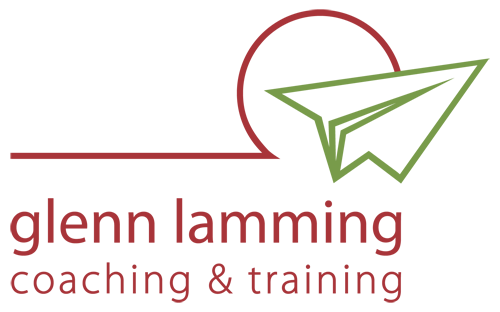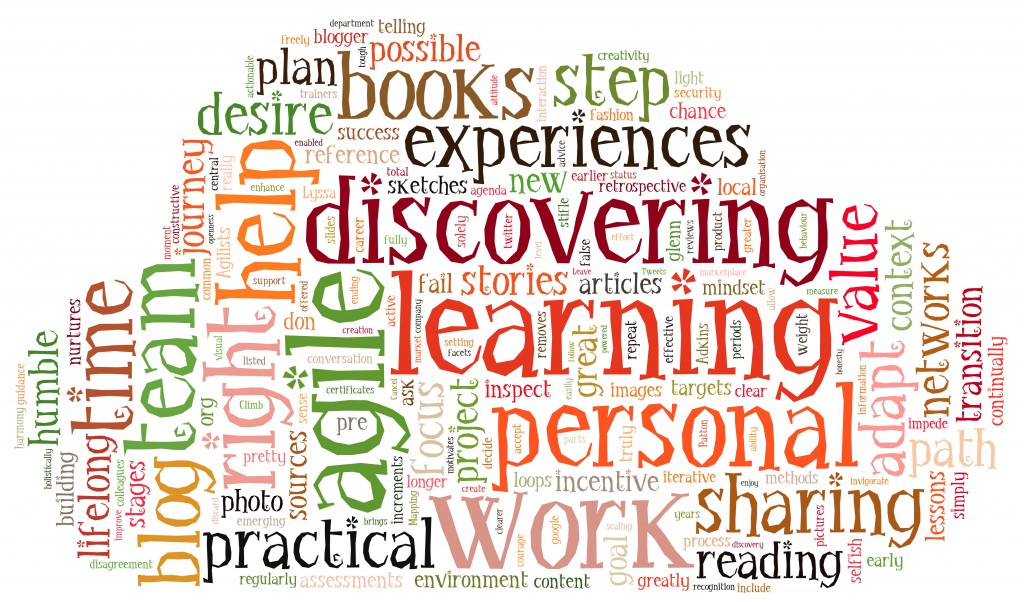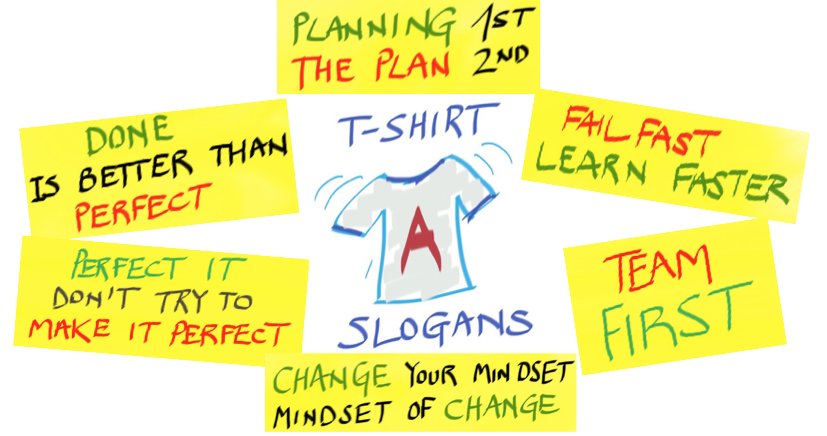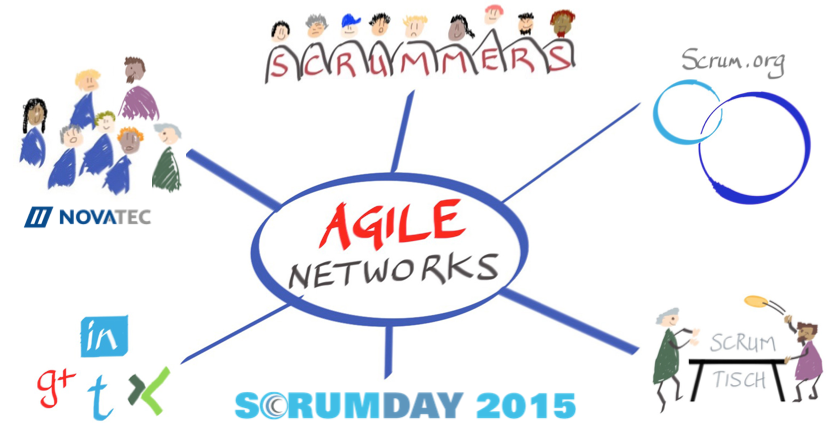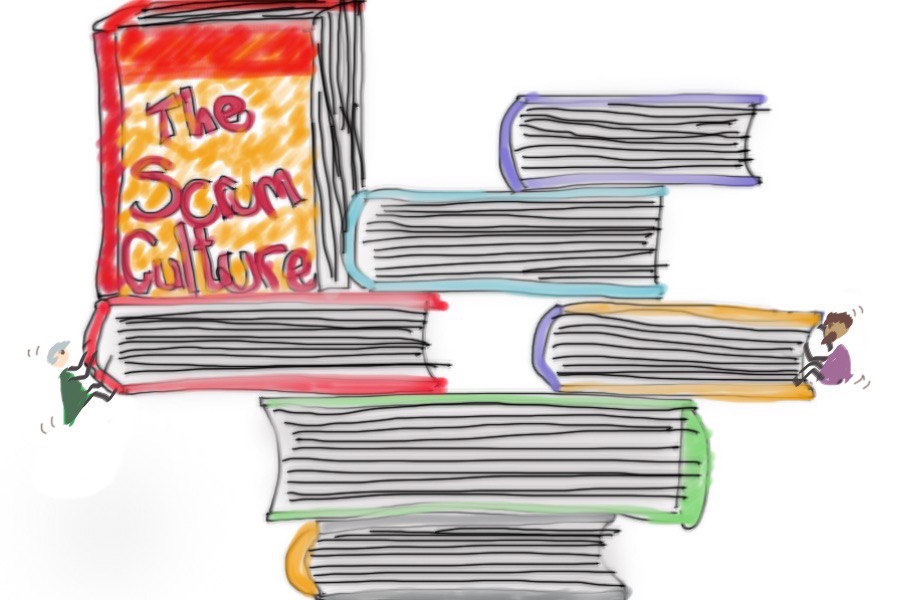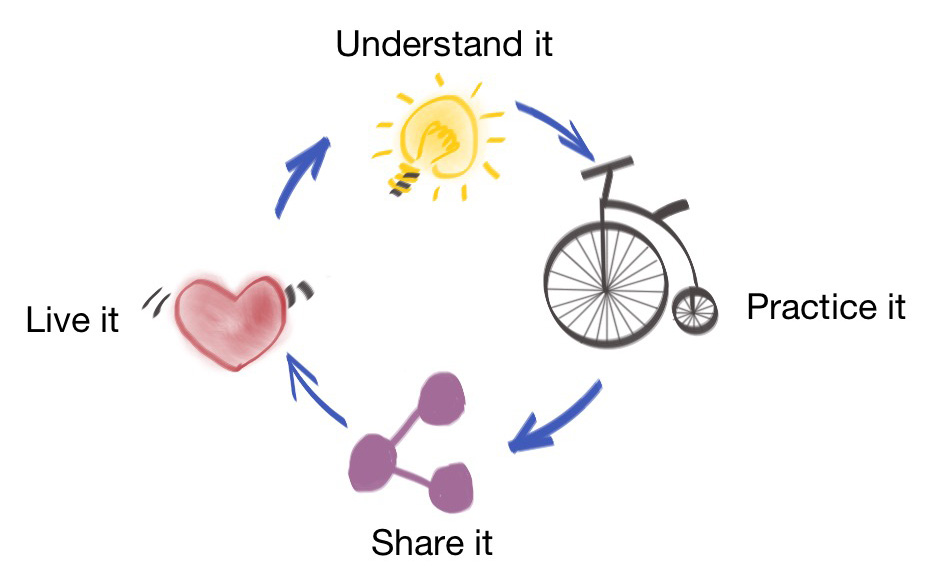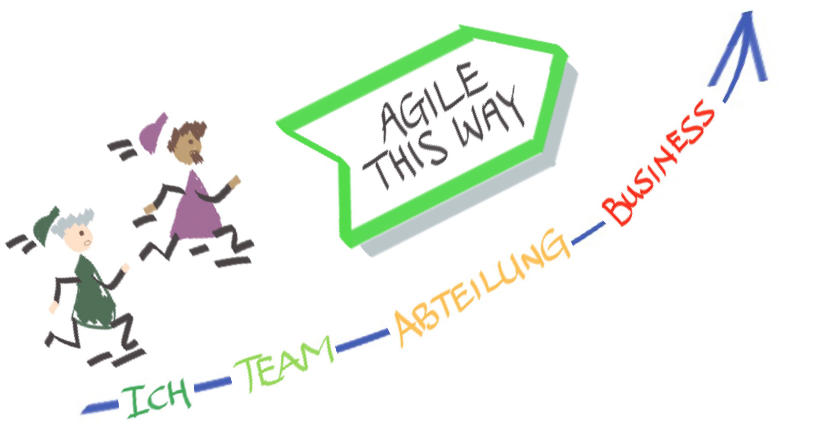Sharing our experiences nurtures our learning.
Having benefited greatly from great exchanges with other Agilists since my first steps into the agile community in late 2013 gives me the incentive for this blog article. That incentive is simply to say thank you, by giving something back to the community myself.
I hope through sharing some of my own experiences, gathered during the early stages of truly “discovering Agile”, and in particular Scrum, that others may also benefit. There is certainly a win-win in here too though. It is pretty much guaranteed that this opportunity for reflection will be an invaluable personal retrospective. One which provides insights and ideas to support the next stage of the journey.
Previous experience – does it help or hinder?
Previous methods and project experiences may well hinder at first if, like me, you have a longer traditional project management background. It has become clearer that no model can be a perfect fit, but some can be useful if applied appropriately. Gain an understanding of what works best for your own team and business context and keep the process as light weight as possible. Lose any obsession for perfection and rather perfect your path as you go – practice perfects, it doesn’t make perfect. Fail fast, learn fast. Experiment, fail, learn and then repeat. Go from lessons learned to lessons learning.
I gained a lot from reading Lyssa Adkins’ “Coaching Agile Teams” and regularly use it as a reference book for coaching engagements. The term “project managers in transition” really hit home and reinforced the need to take things one step at a time – learning in increments in an iterative fashion. Lose the misconception that having a plan removes uncertainty – uncertainty will always remain. The plan just gives a false sense of security. Don’t stop re-planning, but make sure you do not rely solely on “The Plan”.
Acknowledge the value in what you have already learned in earlier challenges and periods in your career, but don’t let it impede you. Over preparing will stifle your creativity. Sticking to a pre-baked agenda can cause you to miss some great inspect and adapt opportunities. Move from pre-defined polished slides to emerging sketches. Let pictures and stories help build a common understanding and take the conversation from there. Help the team decide where your product development needs to go next and find a flow that everyone can swim with.
Be active in your networks.
Agility promotes face to face interaction as the most effective form of communication. The local networks that have become more important for me in the past two years include those developed with agile colleagues and coaches, local after work Scrum get togethers and communities like Scrum.org. Business networks like LinkedIn and Xing have always been a focus. This focus has now extended to other platforms like google+, twitter or this very blog you are reading now. The opportunity to work with trainers within Scrum.org has added a great new dimension to learning and sharing.
Collaboration within team communities is central to the agile way of working. The whole team when fully collaborating will always be greater than the sum of the individuals. It does not mean working in total harmony though. Seek constructive disagreement – a condition in which differing ideas and opinions can be freely exchanged in an environment in which everyone feels free to challenge and be challenged.
Grasp every opportunity to learn from those who have progressed along the path before you. Be humble and accept guidance when it is offered and stay close when you discover networks that strongly resonate with your own thinking. Always be tuned into the advice you receive from others, even if it is not immediately actionable for you. Look for support in all possible places. At some point soon you will be able to give something back too and enhance the collaboration further yourself.
Climb “Knowledge Mountain” one step at a time.
There is a never ending treasure trove of knowledge to learn from out there. Focus on those parts that are right for you at the right moment in time. Some of the books that have helped and inspired me personally are listed on the page “sources for all things agile” in this blog. These split into three categories – ones that you can not put down until you are all the way through, others that remain as reference books always close at hand and others that provided targeted practical information at key points in time.
One of the cover to cover reads for me was the case with Mike Cohn’s “Succeeding with Agile”. Also look for books with practical approaches, that allow you to put the learning into practice the very same day. Jeff Patton’s “User Story Mapping” comes immediately to mind here. Find new ways to consolidate your learning – write book reviews or blog articles, draw visual sketches as a reminder of your reading (there are some great “children’s books” to show you how to draw!). Have the courage to test yourself by setting targets for your own learning. Here make sure you treat certificates as personal learning assessments to help you focus on your own individual goals and not as some kind of professional status.
Work out a broad learning goal for yourself, keep it in mind as you make decisions for your own personal development. Discover what motivates you and discard what doesn’t. Be prepared to adapt your path as your goal develops and becomes clearer to you.
Lifelong learning in loops
Keep seeking new learning opportunities to invigorate your own desire for the transition and improve your chance of success on your agile journey. You know you have the right attitude when there is a desire for lifelong learning. Lifelong learning requires effort though. If you are doing what you love then this should come more easily. The important thing is to keep checking in with yourself to ask if you still have this right mindset in place, if not work on why and then adapt your path.
Think in learning loops. A personal favourite which I came up with to help me work through new, unknown situations is “Understand It, Practice It, Share It, Live It”.
When I found myself in a flow it was because I was working in a situation of personal learning – stretching myself in a way that was positive. I had for example understood Scrum, had the opportunity to practice it and was now sharing the framework with others in a training session for the first time. I was in my own learning zone as I “Shared It” with others – extending myself in a positive way.
I could also better understand why I was not able to find a rhythm in other situations. These were occasions that either left me in my comfort zone and did not challenge me, or worse those that overstretched me into the panic zone. Either way the learning loop helped me understand what action was appropriate for me to get back to a positive flow thinking.
Ask yourself how you can apply a learning loop at any point in time to help you take the right next step. We are doing it everyday afterall when we work with the Scrum framework.
“Discovering Agile” – a possible definition
There are multiple facets to consider – you personally, your team, your department, your company, and your marketplace. Think about your agile journey holistically from “me to market”. What do you need to work through in making that transition in your organisation? If the steps are tough at an individual level, then make sure that your scaling has a real chance of success by building teams with the right mindset to “discovering agile” from the beginning.
[ discovering agile ] – the desire for lifelong humble learning; the ability to inspect where you are and adapt continually; knowing what value means in your context; understanding how to create value; assessing your real progress based on value creation; continually measuring your progress and adapting to changing circumstances; the recognition that everyone brings value; ensuring that everyone is enabled to make their voice heard; being transparent at all times; using transparency to create an environment of trust, openness and honesty.
Last but not least make sure you live the Agile values, combine them with your own and most of all enjoy your own agile discovery!
